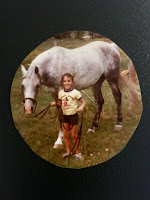I decided to take a step back from my typical blog posts about personal leadership to provide an important context for future posts. What is a registrar? What does a registrar do? After having been a registrar for 15 years, I was remiss to think everyone is familiar with the profession. While job responsibilities vary from institution to institution, the core expectations are the same. Here are a few highlights of responsibilities from the perspective of a large research intensive university. Department Head First and foremost, the University Registrar is the head of an academic support unit. As the department leader, they are responsible for their staff, budget, strategic planning, and overseeing operations of the unit. Operations oversight typically includes the following functional areas: aca d e m ic re c o r d s , deg r ee ce r tificat i o n, d i p l o m as, r egistrat i o n , v e t era n s s er v i c es, r eside n c y , clas s r oo m sc h ed u li ng , fi n al






